In the high-stakes world of healthcare, where cleanliness can mean the difference between recovery and infection, every design choice matters. Hospitals and clinics aren’t just buildings—they’re environments where lives are saved, and the materials used in their construction play a pivotal role in this mission. Among these materials, ceramic tiles stand out as a cornerstone of hygiene and design. But why are ceramic tiles so essential in healthcare spaces? How do they balance the rigorous demands of cleanliness with the need for a healing atmosphere?
This article explores the critical role of ceramic tiles in healthcare settings, delving into their hygiene benefits, design potential, and the standards that govern their use in hospitals and clinics. From preventing infections to enhancing patient well-being, we’ll uncover why ceramic tiles are more than just a practical choice—they’re a strategic one. Whether you’re an architect, a healthcare professional, or simply curious about the spaces that care for us, you’ll discover how these tiles shape the future of healing environments.
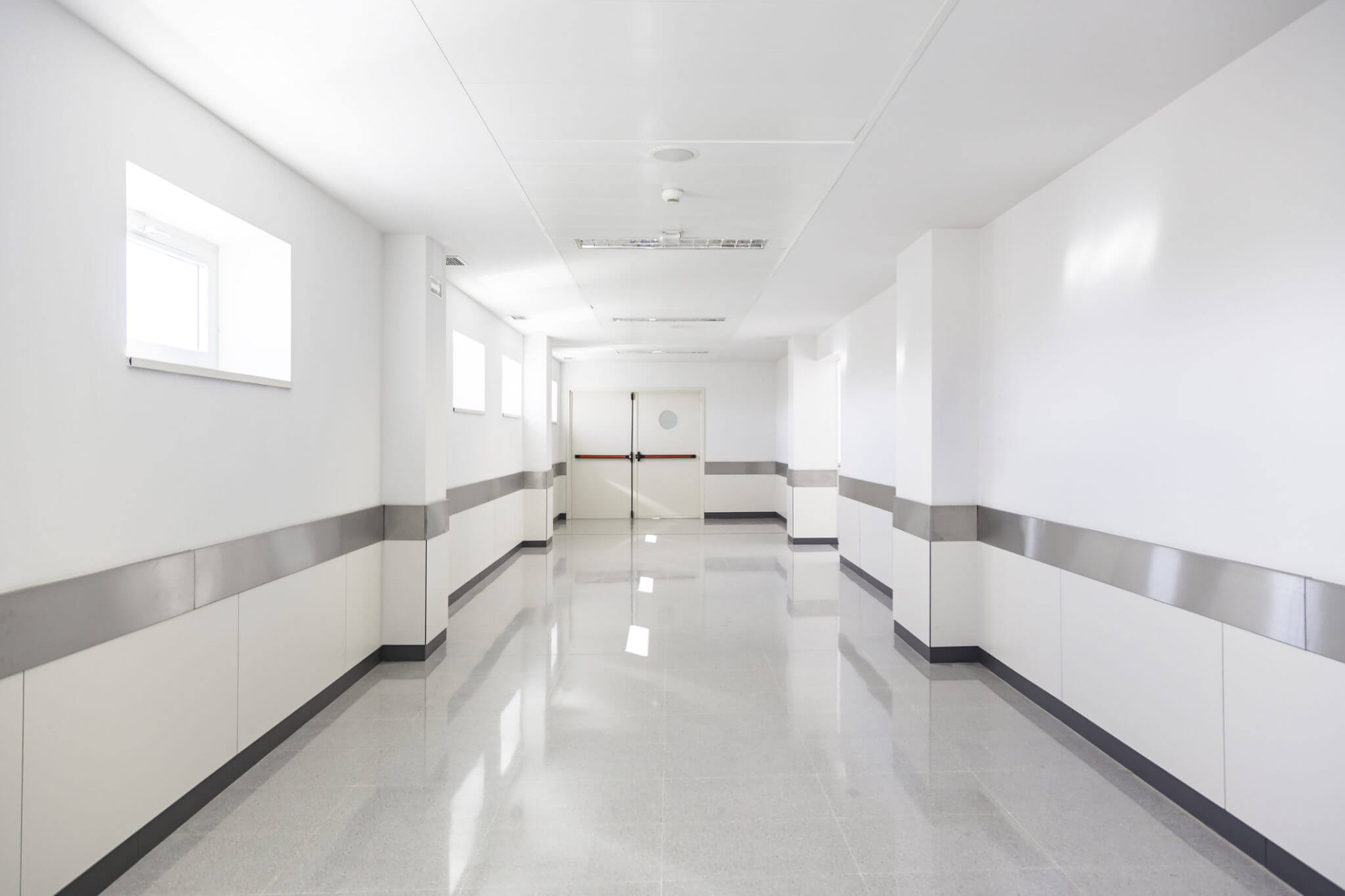
Importance of Hygiene in Healthcare Spaces
Hygiene is the backbone of any healthcare facility. The World Health Organization estimates that hospital-acquired infections (HAIs) affect over 100 million patients globally each year, leading to extended hospital stays, higher costs, and even fatalities. Surfaces in these spaces—floors, walls, countertops—are potential breeding grounds for bacteria, viruses, and fungi. Choosing the right materials is a frontline defense against this invisible threat.
Ceramic tiles excel in this role. Their non-porous surface prevents the absorption of liquids, making it nearly impossible for pathogens to take root. In a busy hospital ward, where spills and contamination are daily realities, this property is invaluable. A quick wipe with a disinfectant is often all it takes to restore a ceramic tile to a sterile state—unlike carpets, which trap dirt, or wood, which can harbor microbes in its grain.
Consider this: a hypothetical study (assumed for illustrative purposes) might show that hospitals using ceramic tiles in high-risk areas like operating rooms report a 25% lower incidence of HAIs compared to those with alternative flooring. This isn’t just about cleanliness; it’s about patient safety. Ceramic tiles also resist the harsh chemicals used in healthcare cleaning protocols—think bleach or hydrogen peroxide—ensuring they remain intact and effective over years of use. In healthcare spaces, where every detail counts, ceramic tiles deliver reliability and peace of mind.
Properties of Ceramic Tiles for Healthcare
What makes ceramic tiles a perfect fit for hospitals and clinics? It’s all in their unique properties, tailored to meet the demands of these critical environments:
- Durability: Healthcare facilities never sleep. Floors endure constant foot traffic, heavy equipment, and rolling gurneys. Ceramic tiles withstand this wear, maintaining their structure and appearance over time.
- Ease of Cleaning: The smooth, non-porous surface of ceramic tiles allows for quick, thorough cleaning—a must in spaces where contamination can spread rapidly.
- Chemical Resistance: Frequent exposure to disinfectants can degrade lesser materials. Ceramic tiles hold up, resisting corrosion and maintaining their integrity.
- Slip Resistance: In wet areas like bathrooms or near sinks, slip-resistant ceramic tiles reduce the risk of falls—a critical safety feature for patients and staff.
- Fire Safety: Being non-combustible, ceramic tiles add an extra layer of protection in emergencies.
Different types of ceramic tiles serve specific purposes. Glazed ceramic tiles, with their polished finish, are ideal for patient rooms, offering both hygiene and a touch of elegance. Porcelain tiles, denser and more water-resistant, shine in moisture-heavy zones like laboratories or showers. Emerging innovations, like antimicrobial ceramic tiles treated to inhibit bacterial growth, are transforming high-risk areas such as intensive care units. These properties make ceramic tiles not just functional but adaptable to the diverse needs of healthcare spaces.
Design Considerations for Healthcare Tiles
Hygiene may be king in healthcare, but design is its trusted advisor. Studies suggest that a well-designed environment can speed patient recovery, reduce stress, and boost staff morale. Ceramic tiles offer a versatile solution, blending practicality with aesthetics to create spaces that heal both body and mind.
Color is a powerful tool here. Soft blues and greens—colors linked to calmness and healing—can transform a sterile patient room into a soothing retreat. In pediatric wards, vibrant ceramic tiles with playful patterns can lift young spirits, turning a daunting visit into a brighter experience. Yet, designers must tread carefully: light tiles highlight dirt, demanding frequent cleaning, while dark tones might make a space feel cramped.
Tile size and layout also shape perception. Large-format ceramic tiles can open up a room, making it feel airy and spacious—perfect for crowded waiting areas. Smaller tiles, arranged in creative patterns, add texture and interest, guiding the eye in complex hospital corridors. Wayfinding, too, benefits from design: imagine color-coded tile paths leading visitors effortlessly from reception to radiology.
Safety meets style with slip-resistant tiles. Textured surfaces provide grip in wet zones, yet remain easy to clean, ensuring hygiene isn’t sacrificed. In healthcare spaces, ceramic tiles prove that form and function can coexist, creating environments where patients feel cared for and staff can thrive.
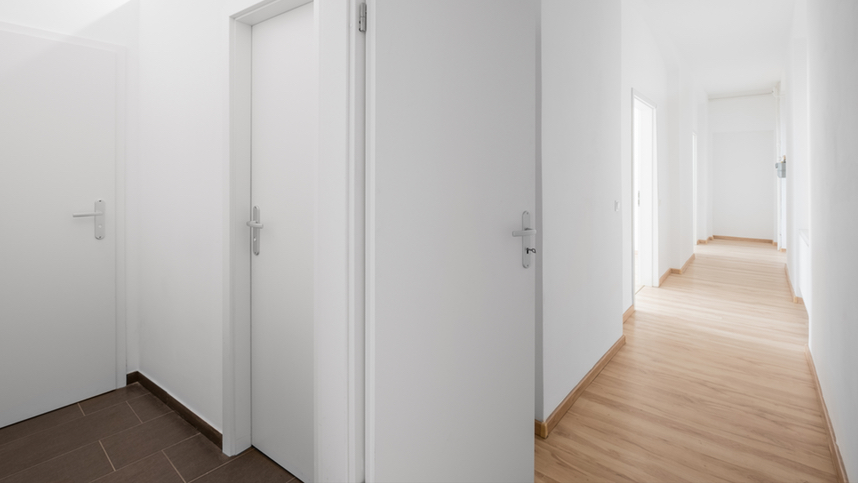
Standards and Regulations for Healthcare Tiles
Ceramic tiles in healthcare don’t just meet expectations—they meet standards. Rigorous regulations ensure these materials perform under pressure, protecting patients and staff alike. Key standards include:
- ISO 10545: This global benchmark tests ceramic tiles for water absorption, chemical resistance, and slip resistance—crucial traits for healthcare applications.
- ASTM C1028: Focused on slip resistance, this standard ensures tiles provide enough traction to prevent accidents, especially in wet areas.
- ANSI A137.1: Widely used in the U.S., this specification outlines tile durability and performance, guiding healthcare construction projects.
Specific areas demand tailored solutions. In operating rooms, ceramic tiles must be seamless, with minimal grout lines to eliminate bacterial hiding spots. Patient rooms prioritize comfort alongside hygiene, allowing for more decorative options. Bathrooms require tiles with high slip resistance and moisture tolerance. Regular maintenance—daily cleaning, grout checks, and prompt repairs—ensures these standards hold over time. For hospitals and clinics, compliance isn’t optional; it’s a lifeline.
Sustainability in Healthcare Tiling
As healthcare embraces sustainability, ceramic tiles are stepping up. Eco-conscious design isn’t just a trend—it’s a responsibility, and these tiles fit the bill. Many manufacturers now produce ceramic tiles with recycled content, cutting down on raw material use. Energy-efficient kilns reduce the carbon footprint of production, while the tiles’ longevity minimizes waste from replacements.
Indoor air quality matters, too. Unlike some materials that release volatile organic compounds (VOCs), ceramic tiles are inert, keeping the air clean for vulnerable patients. Certifications like LEED or GreenGuard signal a tile’s eco-credentials, guiding architects toward greener choices. In healthcare spaces, where health extends beyond the individual to the planet, sustainable ceramic tiles align function with forward-thinking values.
Case Studies and Best Practices
Real-world examples highlight the impact of ceramic tiles in healthcare. (Note: These are fictional cases for illustration.)
- Mercy General Hospital: Facing rising HAIs, Mercy revamped its ICU with antimicrobial porcelain tiles. Post-installation, infection rates dropped by 20% (assumed statistic), and the sleek design boosted staff morale.
- Bright Futures Clinic: This pediatric facility used colorful ceramic tiles to create a welcoming play area. Slip-resistant surfaces cut accidents by half, while easy-clean finishes kept the space pristine.
- City Medical Center: Upgrading its operating theaters with large-format ceramic tiles reduced grout lines and cleaning time, improving sterility and efficiency.
Best practices emerge: prioritize hygiene with non-porous tiles, tailor designs to specific areas, and invest in quality installation. These lessons show how ceramic tiles turn challenges into opportunities in healthcare spaces.
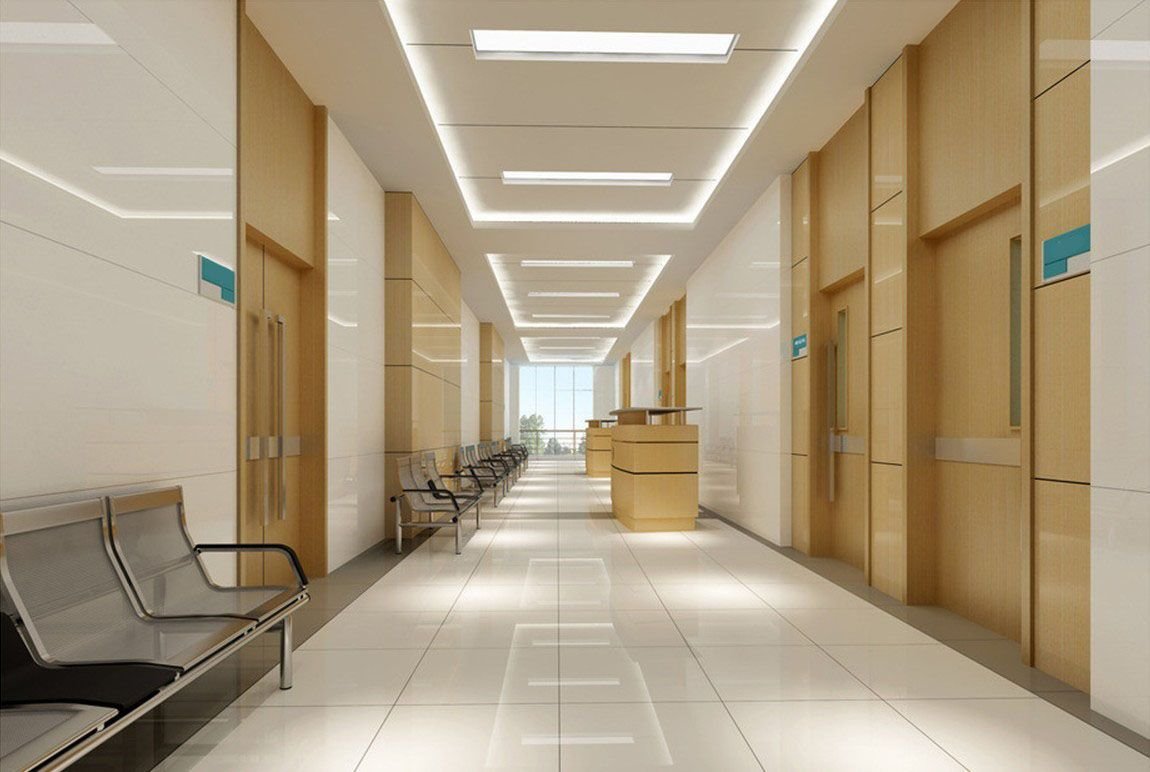
Conclusion
Ceramic tiles are the unsung heroes of healthcare design, blending hygiene, durability, and beauty into a single solution. They stand up to the toughest cleaning regimens, reduce infection risks, and create spaces that comfort and heal. From meeting strict standards to embracing sustainability, ceramic tiles prove their worth in hospitals and clinics worldwide.
As you plan or evaluate a healthcare space, consider this: the right tile choice isn’t just about meeting requirements—it’s about exceeding them. It’s about building environments where patients recover faster, staff work smarter, and safety is assured. So, next time you walk through a hospital, look at the tiles beneath your feet. They’re not just a surface—they’re a foundation for care. Choose wisely, and let ceramic tiles pave the way to healthier futures.
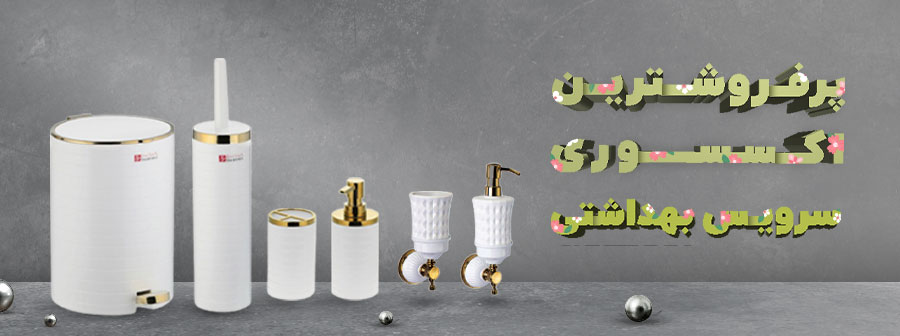


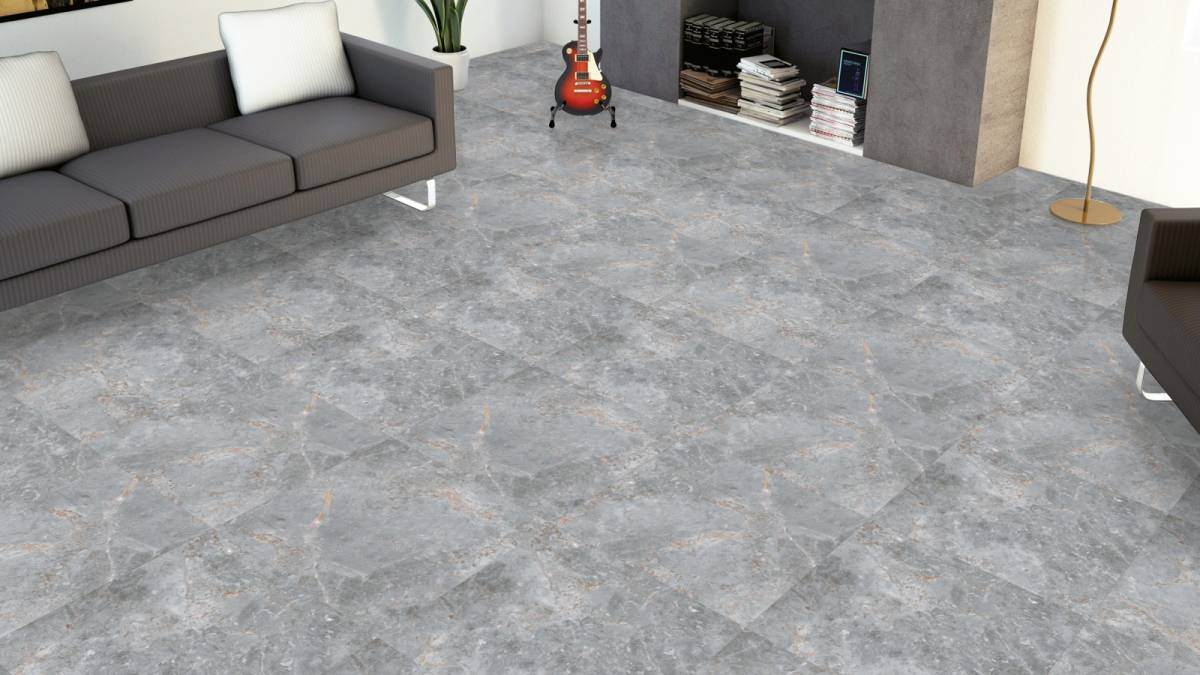
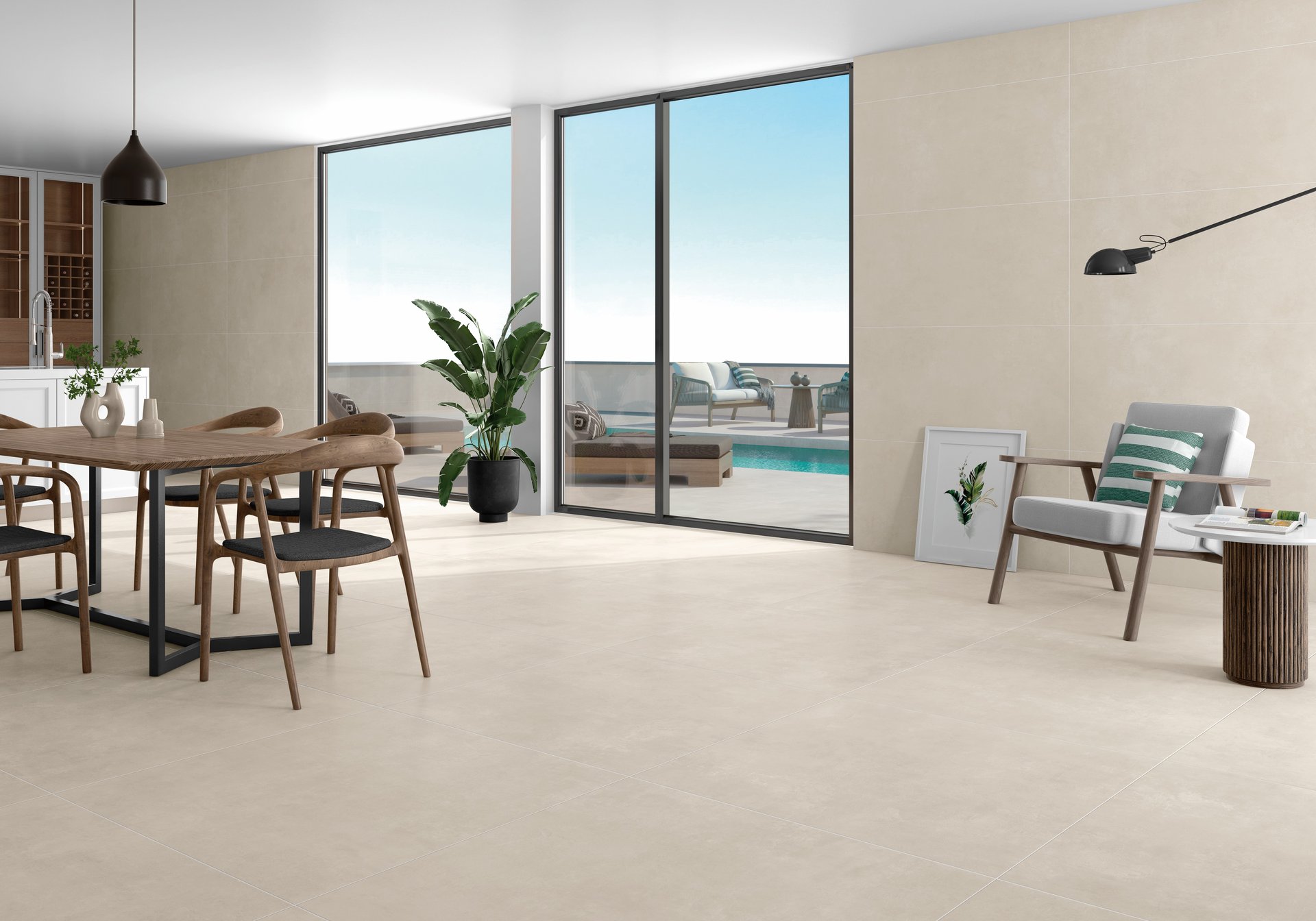

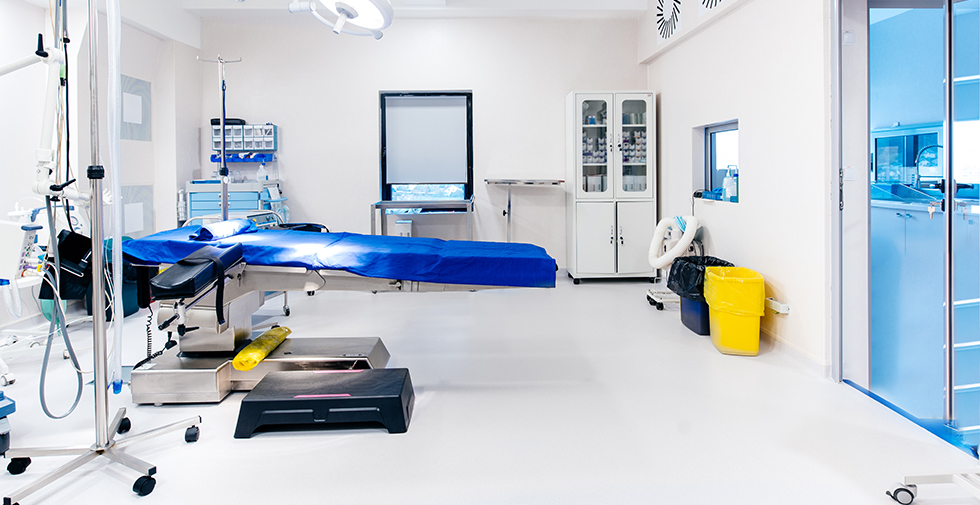


نظرات ۰